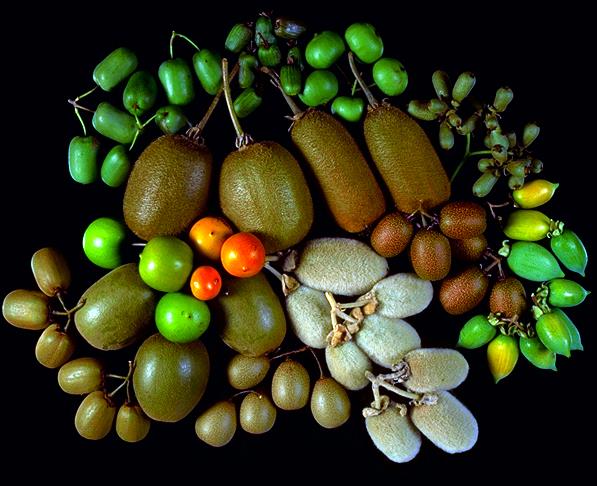A team of international scientists has discovered a novel way to increase the nutritional and health benefits of crops. The patented technology could enhance the content of health-promoting carotenoid nutrients in green vegetables and forage crops.
The green vegetables we’ve been told to eat since childhood could be supercharged with nutrients as a result of the breakthrough from an international team of scientists.
Their study, published in the journal PNAS (Proceedings of the National Academy of Sciences of the United States of America), describes a technique that can enhance the content of health-promoting carotenoid nutrients in a wide range of plants.
Carotenoids are natural antioxidant pigments essential to human and animal health, and the main source of Vitamin A. But humans and animals cannot produce carotenoids and need to obtain them primarily through the consumption of plant‐based foods.
Carotenoids are produced within chloroplasts – the photosynthesizing cellular structures of green plant tissues, such as leaves. But the highest concentration of these nutrients occurs when chloroplasts convert into different cellular structures called chromoplasts.
This is why fruits change colour during ripening, such as when tomatoes turn from green to red. Their green chloroplasts convert into carotenoid-rich red chromoplasts.
This work describes the controlled conversion of chloroplasts into chromoplasts on demand.
“We have developed an approach that enables the conversion of chloroplasts into chromoplasts in plant tissues that do not normally do this,” explains Dr Briardo Llorente, a CSIRO Future Science Fellow with the ARC Centre of Excellence in Synthetic Biology and co-leader of the work.
The controlled formation of chromoplasts causes the leaves of edible plants, such as lettuce, and green vegetables, such as zucchini, to acquire a characteristic yellowish-golden colour due to the accumulation of nutritious carotenoids.
The technology has been patented and, according to the research team, works in all plant species tested so far, opening up opportunities to increase the nutritional value of many edible leaves and other green parts of plants.
“Apart from developing more nutritious vegetables and forage crops to feed livestock, this technology could allow us to sustainably produce carotenoids of interest to the food, cosmetic and pharmaceutical industries,” Dr Llorente said.
The international collaboration was led by the Centre for Research in Agricultural Genomics (CRAG) and included researchers from Australia, Spain, Germany, and France.
- The ARC Centre of Excellence in Synthetic Biology is an international collaboration between 17 Australian and international universities and more than 20 industry and government partners to form one of the largest collaborative efforts in synthetic biology in the world.
Source: scimex












